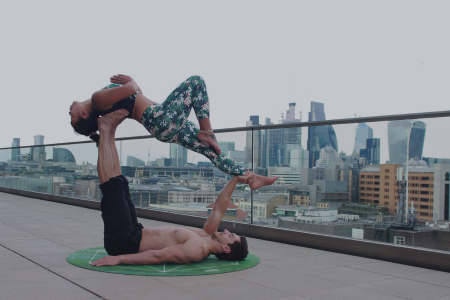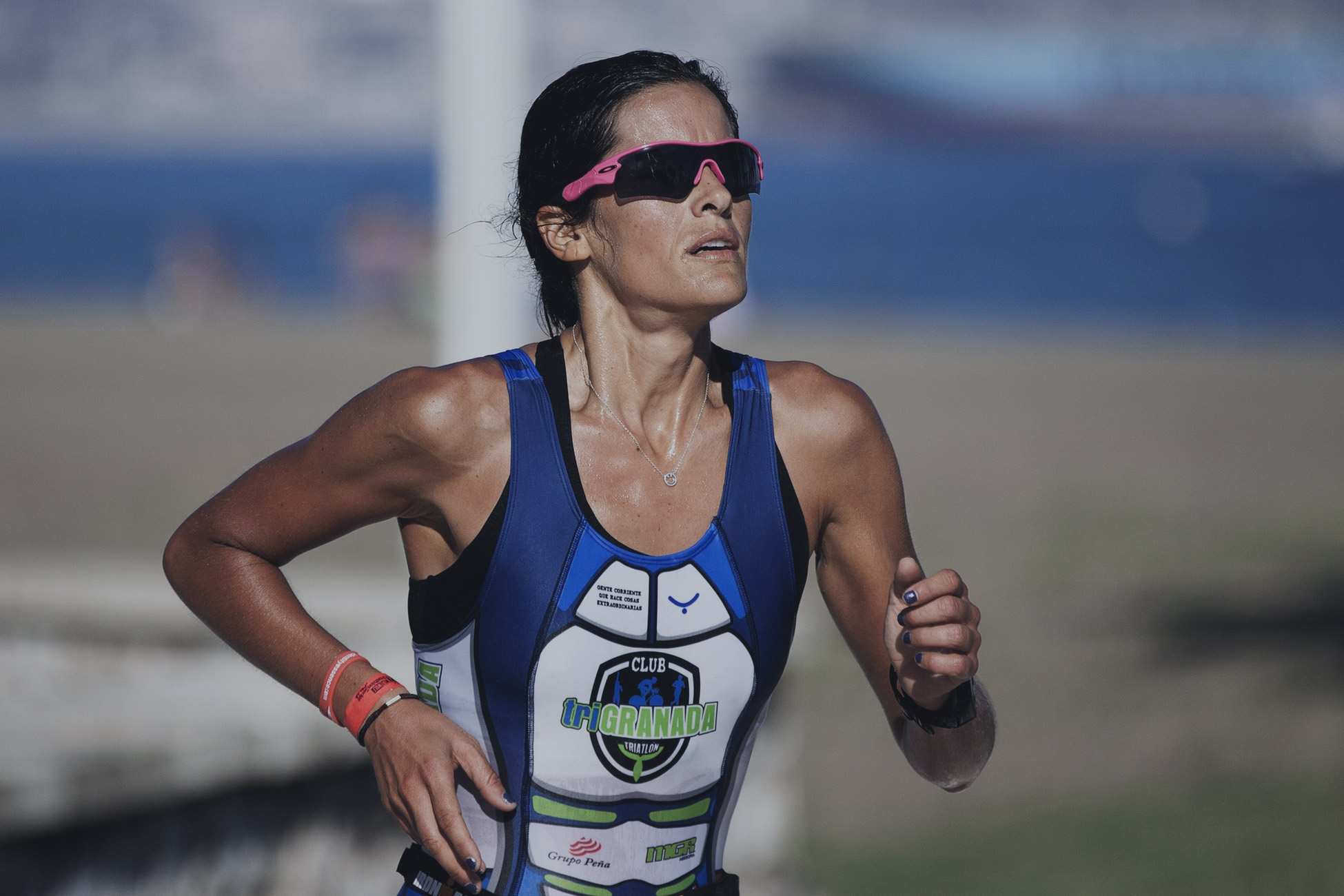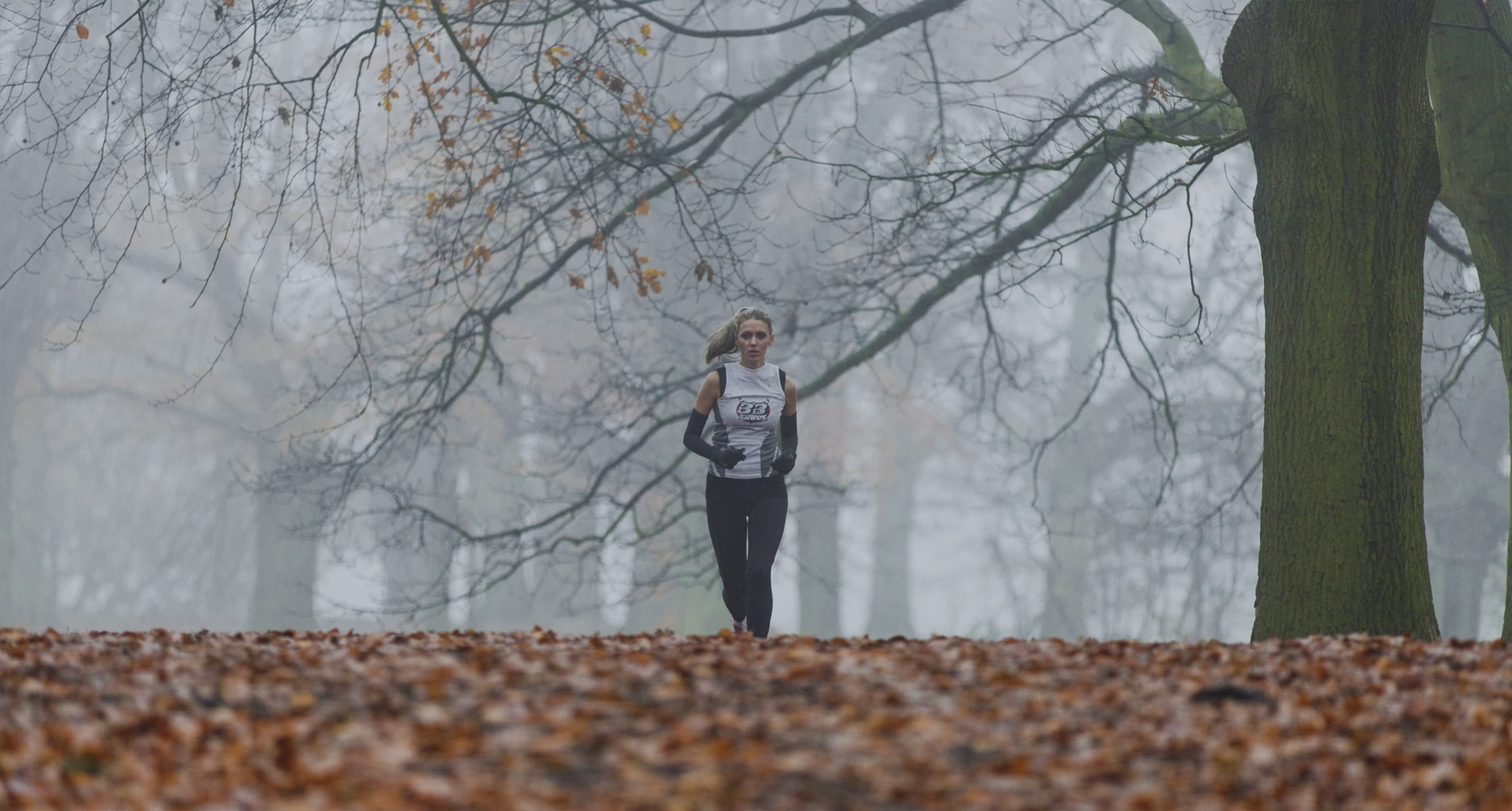
How to stay fit without the gym?
Being active for ten minutes every hour during the day gives the same result as training at the gym three times a week for two hours.
Home » Activity & Workouts » How to start running like a pro

There are plenty of good reasons! Here are a few to motivate you:
Consider the facts:
According to Eric Tan, assistant professor of clinical orthopaedic surgery at the USC Department Orthopaedic Surgery of Keck Medicine of USC, the best shoe is one that makes your foot feel the most comfortable. Here are some other things to keep in mind:
Finally, if you are experiencing any pain during running, it may point to a more serious problem. Plan to visit an orthopaedic specialist.

If you’re just getting started, you don’t need to buy expensive fancy running clothing. Just wear comfortable clothes that you would workout in.
Don’t wear cotton T-shirts and shorts. Cotton retains moisture and doesn’t allow your body to properly regulate temperature. You’ll freeze in the winter and overheat in the summer. Go for synthetic fabrics instead (try CoolMax or Dri-Fit).
Be careful not to overdress. Extra body heat will make you feel 15-20 degrees warmer when you’re running. If it’s above 55 degrees outside, you’ll probably be fine wearing a t-shirt and shorts.
Be visible! Select outer layers that are very bright or light-colored and have reflective strips, since running in the rain often means poor visibility.
Protect your electronics from getting wet in a Ziplock bag or a waterproof carrier.
If you just had a large meal, wait 3-4 hours for your food to fully digest before going for a run. A couple of hours should be enough after a light snack. Avoid fatty or high fiber foods – they take longer to digest.
Scientists recommend 150-220 calorie, low glycemic index snacks to improve your running endurance:

If you don’t warm up properly, you run the risk of pulling a muscle, twisting your ankle, and other injuries. A good warmup gradually and gently brings up your heart rate and makes it easier to get into the rhythm you want to sustain.
Start your run by walking for 3-5 minutes. Walking is especially helpful for runners who are coming back after an injury. Then, add five to six 100-meter strides to help your body transition from walking to running mode.
Here’s how to do them:
Be sure to keep your steps short and quick, keeping your feet and legs underneath your torso. Do dynamic stretches: skipping, side step/shuffle, weave step (also known as “the grapevine”), backward jogging, and butt kicks.
Here are some tips to keep you focused and injury-free:
Think of a reason to run and keep it in mind when running.
Running is good and healthy for most people. However, it’s important to run correctly in order to avoid injury – tearing ligaments or tendons, damaging joints, and so on.
Additionally, incorrect weight distribution can put too much pressure on the spine, resulting in back pain. If you plan to do a lot of running, make sure you’re using the right technique.
Medical Coordinator to the Boston Athletic Association Chris Troyanos warns that running is not necessarily good for everyone.
Here are some examples:
Finally, it’s important to listen to your body. If you start feeling knee pain when you go from 5 to 7 miles a day, that could be your threshold. If you have any type of pain or discomfort in your legs and back, stop running, use myofascial release therapy and make an appointment to see your doctor.

It can be difficult to make running into a habit, especially if you never exercised regularly before. If you’re having a really hard time, here are some things to pay attention to:
Your maximum heart rate can be estimated with this formula: max heart rate = 220 – your age.
When you run, your target heart rate should vary depending on what you want to get out of your workout:
The best way to track heart rate is with fitness trackers that have built-in optical heart rate monitors:
Check your heart rate for one minute in the morning before you get out of bed. As you get fitter, your resting heart rate will get lower. This happens because your heart gets stronger, which means it doesn’t take as many beats to pump the blood your body needs.
The best way to track your progress is with fitness trackers that have built-in optical heart rate monitors. Many of them also have GPS, can count steps, distance and lap time.
You can also try apps like Runkeeper, Runtastic, Strava, Google Fit, Moves. They will help you monitor your physical activity by tracking steps, distance, and more.
Make sure to use the Welltory app to check your stress and energy levels and heart rate every morning.

Proper recovery is absolutely necessary if you want to maximize workout efficiency and avoid injury.
Follow these steps:
1. Hydrate as soon as possible after your run with an electrolyte drink. Check your weight before and after running, then drink 150 ml of fluid for each 100g lost.
2. Roll out muscles with a muscle roller or a tennis/lacrosse ball.
3. Jog to cool down and stretch major muscles thoroughly.
4. Take an ice bath.
5. Eat a healthy meal, ideally within 30 minutes after running
6. Sufficient sleep will help you recover. Track your sleep and use the Welltory app to understand how much sleep you need to recover.
7. Avoid caffeine and caffeinated drinks for 2 hours after running.
Be patient. To improve your running stamina, you need to keep running and keep trying gradually. Here are some tips to keep in mind:
The US Department of Health and Human Services recommends 75 – 150 min per week of vigorous aerobic physical activity like running, performed in episodes of at least 10 minutes 3-5 times a week. To improve your cardiovascular endurance, run at 70-80% of your maximum heart rate (220 – your age).
Running a marathon is always a personal challenge, so here are some tips to help you out:
Welltory Team, 23 Dec. 2021

Being active for ten minutes every hour during the day gives the same result as training at the gym three times a week for two hours.

There are at least five health problems you can avoid by starting to walk right now. Besides walking improves your thinking processes and creativity.
 App Store
App Store
 Google Play
Google Play
 Huawei AppGallery
Huawei AppGallery
 Galaxy Store
Galaxy Store







